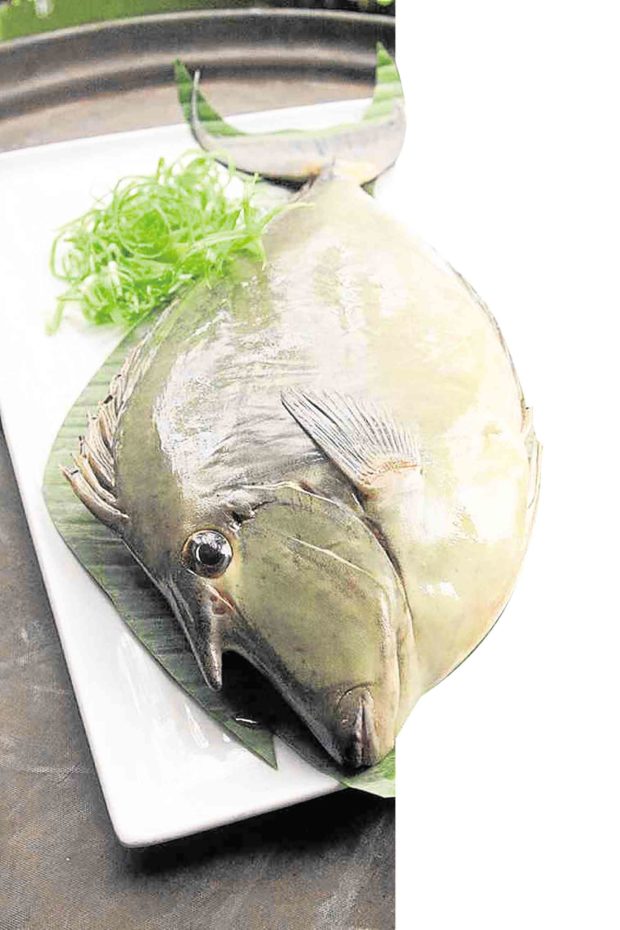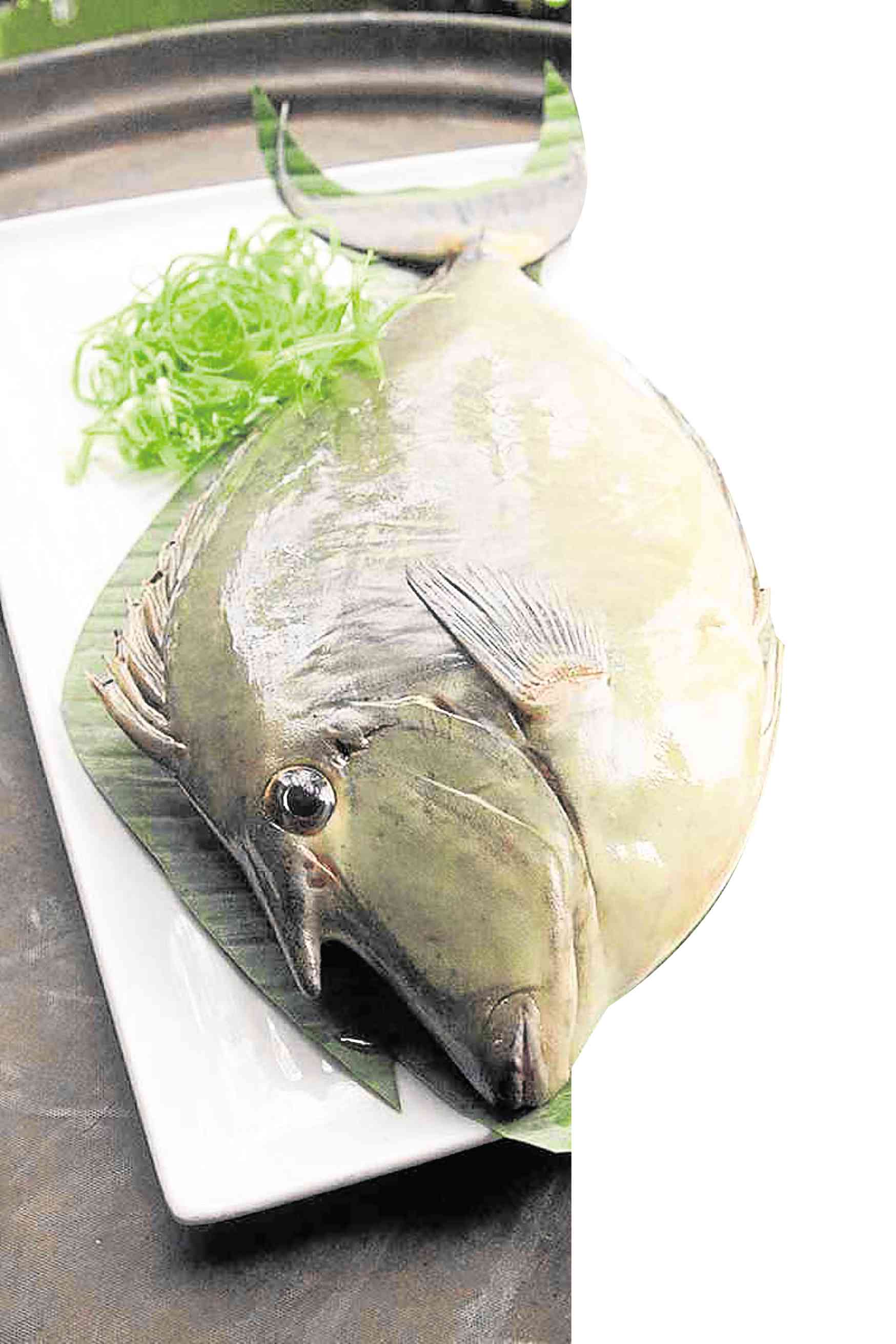
Subject matter was “Finding Food in Semi-Wilderness.” Asked what semiwilderness meant. I answered in jest: a place with no malls, but maybe one Jollibee branch.
At Muskkat (Museo ng Katutubong Pilipino) in Unilab, Mandaluyong, Martin “Sonny” Tinio talked about his experience as a 15-year-old ordered by his father to bring settlers from his home province, Nueva Ecija, to farm and reside in 1,000 hectares of land in southern Palawan.
The nearest town was 35 kilometers away, so for housing materials and food, they had to rely only on what they could find around them.
Tinio saw a totally different world. He had been accustomed to a comfortable life with servants doing his every bidding: dinner tables set to several plates and glasses; rich, imported food; and local dishes done by the best cooks in the family. There were Tagalog food from Nueva Ecija and Bulacan on his father’s side, and Bicol fare on his mother’s side.
Provisions
His list of provisions for the indefinite stay included 1 kg champoy, 1 can of Fita, cans of guava jelly—comfort food but not really for survival.
The better part of Tinio’s talk was the food he discovered as he walked the length and breadth of the sprawling farm.
It was his first time to see cherry tomatoes. And a whole chicken raised by locals cost only two centavos. The more expensive kind was labuyo, or wild mountain chicken, which cost 50 centavos. There was baboy damo or wild boar, which he salted.
In those days, pawikan, or sea turtle, was not yet on the endangered list, so it was legal to catch and sell. Tinio said he used to cook turtle steak a la creme. The rest he sliced, salted and air-dried.
He recounted that some ingredients were extra big, like the snail, or kuhol, that was the size of a fist. Then there were wild grapes that could fill a palanggana, or wash basin.
Insects and birds
The “wild” life in southern Palawan extended to people stealing from each other. Tinio said that when cows were stolen, some parts were made into corned beef, and the sweetbreads (pancreas) were cooked with cream sauce.
Also part of the diet were insects. There were mole crickets, called camaro in Pampanga or suhong in the Tagalog region. There was tipaklong, or grasshopper, whose rear, he said, tasted like salted egg.
An island called Ursula was a bird sanctuary. All one had to do, said Tinio, was to get a big stick, throw it up a tree and a bird would fall. That’s how they could get fat pigeons called balud, which they grilled.
Lobster was likewise caught, and the big clam was called taklobo. While Tinio didn’t say how the clam was cooked, I remembered a source in Palawan who said it could be prepared only as kinilaw.
Yet Tinio wasn’t totally deprived of luxury goods. He could order peaches and chocolates from people who traveled to Sabah.
His Palawan experience, Tinio said, made him curious about different kinds of food that he was willing to sample. He gladly did so throughout the country, but the downside was that his health suffered.
Fried turtle eggs
My trip to research on Palawan food was not as spectacular as Tinio’s experience. Maybe because I got to Palawan when many of the delicacies were already taboo. The residents still remembered them with relish, however, and I wrote about it in my “Country Cooking” book.
“The turtle eggs were fried; dolphin, or lumba lumba, and the dugong had meat almost like beef and was cooked as adobo or dried… as tapa. The huge eggs of the tabon birds (Tabon scrub fowl) were so rich that even if hard-boiled, they always turned out soft.”
Thankfully, Palawan is still a rich source of food such as the sorahan or isdang bato, which is so fat, that when grilled over charcoal embers, is nicknamed “barbecue.”
Every month, Muskkat will hold talks on Filipino food and drinks.
E-mail the columnist: [email protected]









































